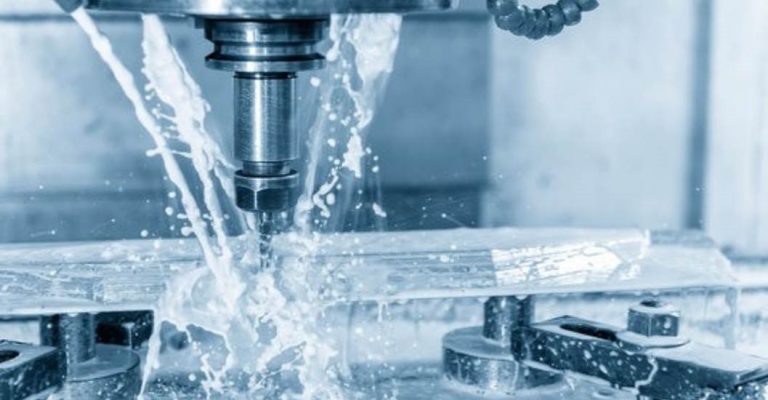When it comes to creating a comfortable and energy-efficient home, we often think about insulation, windows, and heating systems. But what about doors? Yes, you read that right—doors play a significant role in maintaining your home’s energy efficiency. From keeping the heat in during winter to blocking out the scorching sun in summer, doors are more than just entryways; they’re essential components of a well-insulated and sustainable home. In this article, we’ll explore how doors contribute to a home’s energy efficiency and share tips on how to maximise their impact. Material Selection When it comes to energy efficiency, not all door materials are created equal. While traditional wood doors offer timeless beauty and charm, they may not provide the same level of insulation as their fibreglass or steel counterparts. Modern internal glass doors and steel doors are known for their durability, low maintenance, and superior insulation properties, making them excellent choices for energy-efficient homes. Additionally, consider opting for doors with energy-efficient cores and frames, such as those made from foam insulation or thermal breaks, to further enhance efficiency. By choosing the right materials for your doors, you can significantly reduce energy loss and improve the overall sustainability of your home. Insulation One of the primary ways doors contribute to energy efficiency is through insulation. Just like walls and windows, doors help to keep the indoor temperature stable by preventing heat from escaping in winter and cool air from seeping out in summer. A well-insulated door acts as a barrier between the interior and exterior of your home, reducing heat transfer and minimising the workload on your heating and cooling systems. To maximise insulation, look for doors with features like insulated cores, low-emissivity (low-E) glass panels and weatherstripping. These features help to seal gaps and reduce drafts, keeping your home cosy and comfortable year-round. Air Leakage Did you know that air leakage through doors can account for a significant portion of your home’s energy loss? It’s true—gaps and cracks around doors allow warm or cool air to escape, forcing your heating and cooling systems to work harder to maintain the desired temperature. That’s why it’s essential to ensure that your doors are properly sealed to minimise air leakage. Simple fixes like installing weatherstripping or door sweeps can make a big difference in reducing drafts and improving energy efficiency. Additionally, consider upgrading to energy-efficient doors with tight seals and multi-point locking systems to further enhance insulation and minimise air leakage. Solar Heat Gain While natural light is a welcome addition to any home, excessive solar heat gain can lead to discomfort and increased cooling costs, especially during the hot summer months. That’s where doors with proper shading and glazing come into play. By choosing doors with low-E glass or reflective coatings, you can block out a significant portion of the sun’s heat while still allowing natural light to filter into your home. Additionally, consider installing doors with built-in shading features like blinds or shades to further reduce solar heat gain and maintain a comfortable indoor temperature. With the right doors in place, you can enjoy the benefits of natural light without sacrificing energy efficiency. Conclusion From insulation and air leakage prevention to solar heat gain control and material selection, the impact of doors on energy consumption cannot be overstated. By investing in high-quality, energy-efficient doors and implementing simple fixes to seal gaps and minimise air leakage, you can create a more comfortable, sustainable, and cost-effective living environment for you and your family. So the next time you’re thinking about home improvements, don’t overlook the importance of doors—after all, they’re not just entryways; they’re energy-saving heroes.







